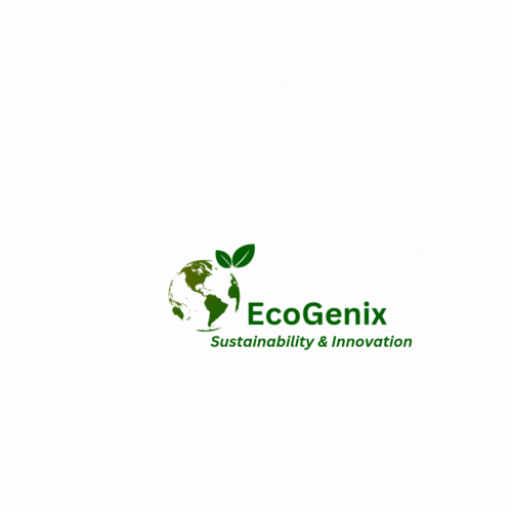INTRODUCTION
As we commemorate World Food Safety Day, it is crucial to recognize that food security and food safety are two intertwined pillars of global well-being. While food security ensures that people have access to sufficient, safe, and nutritious food, food safety focuses on protecting the quality and integrity of food from production to consumption. These two aspects are inseparable, as food security cannot be achieved without robust food safety measures in place. In this article, we delve into the critical importance of food safety and its role in ensuring a sustainable and secure food supply for all.
THE LINK BETWEEN FOOD SAFETY AND FOOD SECURITY
Food security refers to the availability, accessibility, and affordability of food for all individuals. It encompasses factors such as food production, distribution, and consumption. However, food security is compromised when the safety of the food supply chain is compromised. Unsafe food can lead to widespread health hazards, ranging from foodborne illnesses to long-term health consequences, jeopardizing the well-being of communities and hindering their ability to thrive.
THE THREAT OF FOODBORNE ILLNESSES
Foodborne illnesses are a significant global health concern, affecting millions of people each year. Contaminated food can Harbor pathogens, toxins, or chemical substances that, when ingested, can cause severe illness or even death. The economic and social impact of these illnesses is immense, leading to increased healthcare costs, lost productivity, and reduced trust in the food industry. By ensuring food safety measures, we can mitigate these risks and protect the health of individuals and communities worldwide.
To guarantee food safety, it is essential to adopt stringent measures throughout the entire food supply chain, including the integration of agroecology as a fundamental aspect of good agricultural practices. This entails implementing sustainable farming methods that prioritize biodiversity conservation, soil health, and natural resource management. By embracing agroecology, farmers can minimize the use of pesticides and fertilizers, opting for ecological pest management strategies and soil-enhancing practices like cover cropping and composting. Additionally, maintaining hygienic conditions during harvesting, processing, storage, and transportation remains crucial. The adoption of hazard analysis and critical control points (HACCP) systems, coupled with agroecological approaches, can identify potential hazards and establish preventive measures, effectively reducing the risk of contamination and ensuring food safety for consumers.
ENSURING COMPLIANCE AND COLLABORATION
To achieve effective food safety, collaboration among governments, regulatory agencies, farmers, producers, and consumers is crucial. Governments play a pivotal role in establishing and enforcing food safety regulations and standards. Producers and farmers must prioritize safe practices, adhere to guidelines and implement quality control systems. Consumers, too, have a responsibility to handle and prepare food safely in their homes.
INVESTING IN FOOD SAFETY
Investing in food safety, including the implementation of robust food traceability systems, is an investment in the future of food security. Governments, international organizations, and private sectors must allocate resources to support research, education, and infrastructure development related to food safety and traceability. This includes building laboratory capacities for testing and monitoring, training food handlers in traceability practices, and raising awareness among all stakeholders about the importance of traceability in ensuring food safety. In today’s interconnected world, where food travels across borders and supply chains are complex, food traceability plays a vital role. It allows for the tracking and tracing of food products from their origin to the point of consumption, enabling rapid identification and response to any safety concerns or incidents. By implementing comprehensive food traceability systems, we can enhance transparency, accountability, and the ability to quickly identify and remove potentially unsafe products from the market.
To further bolster food traceability, the development of user-friendly and accessible technologies, such as food traceability apps, is essential. These apps can provide consumers with valuable information about the origin, production methods, and safety of the food they purchase. By scanning barcodes or QR codes, consumers can access data regarding the product’s journey, including details about the farm, processing facilities, and transportation involved. Such apps empower consumers to make informed choices, encouraging demand for safe and traceable food while fostering trust and accountability within the food industry.
In addition to technology advancements, investments should be directed towards strengthening regulatory frameworks and collaborations among stakeholders. Governments must establish and enforce traceability regulations, ensuring that food businesses implement traceability systems and maintain accurate records. International organizations can facilitate knowledge sharing and harmonize traceability standards globally, enabling smoother trade and cooperation across borders. Collaboration between the public and private sectors, including farmers, processors, retailers, and consumers, is crucial for the successful implementation of traceability systems, as it requires coordination and information sharing throughout the supply chain.
By investing in research, education, infrastructure, and the development of user-friendly traceability tools, we can enhance the overall safety and security of the global food supply. Robust traceability systems empower consumers, support effective recall management, and strengthen the resilience of food systems. Let us prioritize these investments to ensure a safer, more transparent, and sustainable food supply for present and future generations.
CONCLUSION
On this World Food Safety Day, let us recognize that there cannot be food security without food safety. Safeguarding the quality and integrity of our food supply chain is a collective responsibility that requires collaboration, investment, and continuous improvement. By implementing rigorous food safety measures, we can prevent foodborne illnesses, protect public health, and ensure that every individual has access to safe and nutritious food. Let us strive for a future where food security and food safety go hand in hand, creating a healthier and more prosperous world for all.
BY.: WAYNE TOTA
FOOD SECURITY AND CLIMATE CHANGE
Email:waynetota9@gmail.com
www.climateresilientgroup.com




Leave a Reply